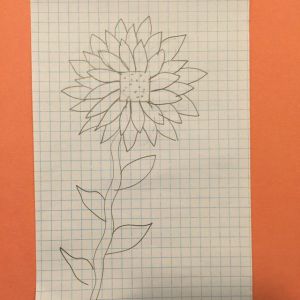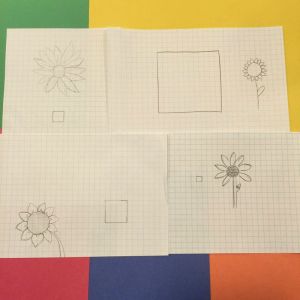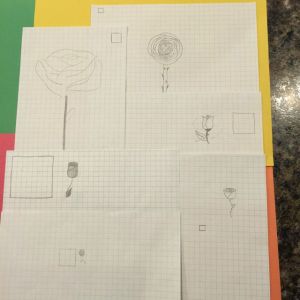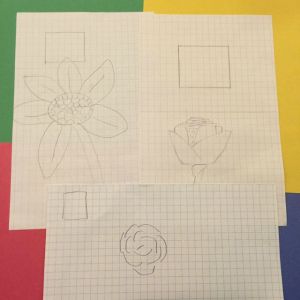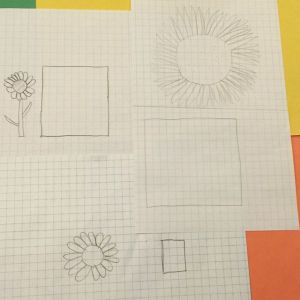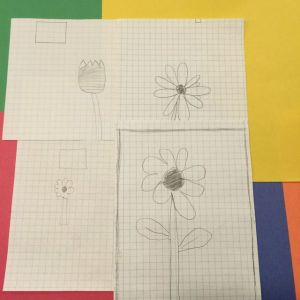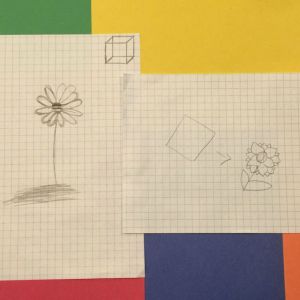A few years ago, I found myself standing silently at the front of my classroom. The lesson I had prepared to formally introduce the Pythagorean Theorem to my 7th Grade Pre-Algebra class had come to a halt. The questions I had been getting from the kids after the lesson were perplexing. I restated some of the facts that we had covered, but the guided practice still was not progressing as easily as I had anticipated. I had developed the questions in our practice so they began with numbers easily manipulated (3, 4, and 5), answers that would be easily recognized (square root of 100), and used grid paper for ease of drawing triangles. Each student was to work on their own, verify with those in their pods, and then call me over. I thought I had done everything correctly. I was mistaken. With all eyes on me, I stood. I stared at the floor for that period of seconds that educators perceive as an eternity. I was struck suddenly with an idea and gave the instruction, “Everyone take a piece of graph paper and draw me a square.”
Sounds rather silly to ask advanced students to draw something they had been introduced to when they were 5 or 6 years old. After I collected the drawings, I realized why we could not proceed as I had planned. It was also my fault. I had committed what I now consider a crime against my students. Looking back at my first years of teaching, I was guilty of this more often than I would like to admit. “What crime could possibly have stopped learning in it’s tracks,” you ask?
I had assumed that my students had all prior knowledge required for assimilation of the new information we were discussing.
Although all of the drawings were rectangles, only 18 of the 30 were squares. 40 percent of the students did not bother to pay attention to the only characteristic of squares that separates them from the rest of the rectangles. Yes, they all had 4 sides. Opposite sides were parallel. Each had four 90-degree angles. When it came to giving attention to the part that would identify their shape as square, however, 40% of the kids let that aspect slide. This was hardly the only thing that needed to be addressed before the lesson progressed, but it was certainly interfering.
I now do this at the beginning of each new school year. I changed it a bit this year so I could mention the results here. I listed a number of flowers on the board that the kids would recognize. The list included rose, daisy, sunflower, tulip, iris, and elephant flower. I asked the kids to make sure there was a flower on the list that they could draw well enough that I would recognize it from their drawing. If not, I let them add a flower that they could draw to the list (thus, the elephant flower). They each received a half-sheet of graph paper. After directing them to absolute silence and no communication between students, I told them to “Draw me a square.” I waited for the inevitable murmur. “No talking.” I waited more. “Now draw me the flower you chose.”
Here are some of the pics.
Nice elephant, huh? That kid is such a square.
Sunflowers and Roses
Hmmm, nice try.
Ummm, check these out.
All told, 20 percent of the drawings this year were not squares. Nice flowers, though. So what is it that inspires kids to pay attention to detail with the flowers but not with the squares? And, perhaps more importantly, why are squares such a big deal? Why should we be able to identify, construct, use and understand them? Next week, I will share one of the reasons we should take a closer look at them.
Thanks for reading. Please share your thoughts with me!
